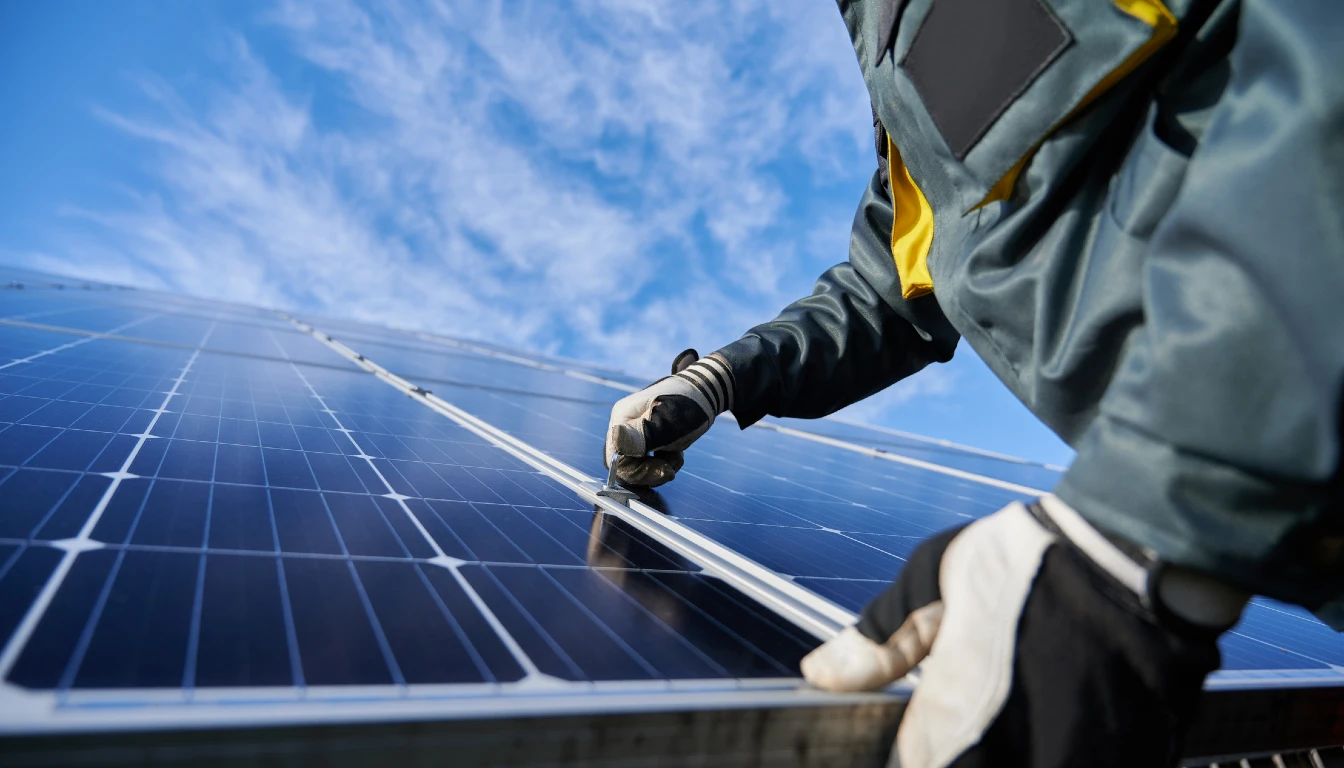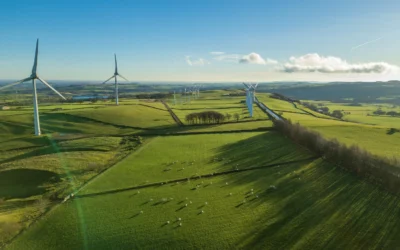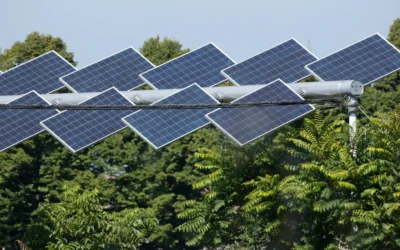Australia is seeing a remarkable surge in its renewable energy sector, exceeding previous forecasts and marking a significant rebound from its slowdown in 2023. This year, the country is anticipated to add more than 7 gigawatts (GW) of renewable energy capacity to its national grid. This comes as part of ongoing efforts to transition to cleaner energy sources and support governmental targets aimed for 2030.
The Clean Energy Regulator recently unveiled these projections, noting a considerable rise from the 5.3 GW added in the previous year. This new figure is attributed predominantly to the development of both large-scale solar and wind farms, as well as small-scale rooftop solar systems installed on residential buildings. A striking statistic from the Clean Energy Council indicates that Australia is on track to surpass its coal-fired power fleet’s total capacity by the end of the year, by achieving over 25 GW of rooftop solar systems.
Essentially, the construction of large-scale solar and wind farms, which was somewhat sluggish last year due to a curtailed renewable energy target and closures of coal-fired plants, has now increased substantially. Final investment decisions have been made on 1.8 GW of large-scale projects within the initial six months of this year, surpassing the total commitments of 1.6 GW from 2023. This turnaround forms a part of the Albanese government’s mission to underwrite 25 GW of new large-scale projects, aiming for 82% of Australia’s electricity to be sourced from renewables by the end of the decade.
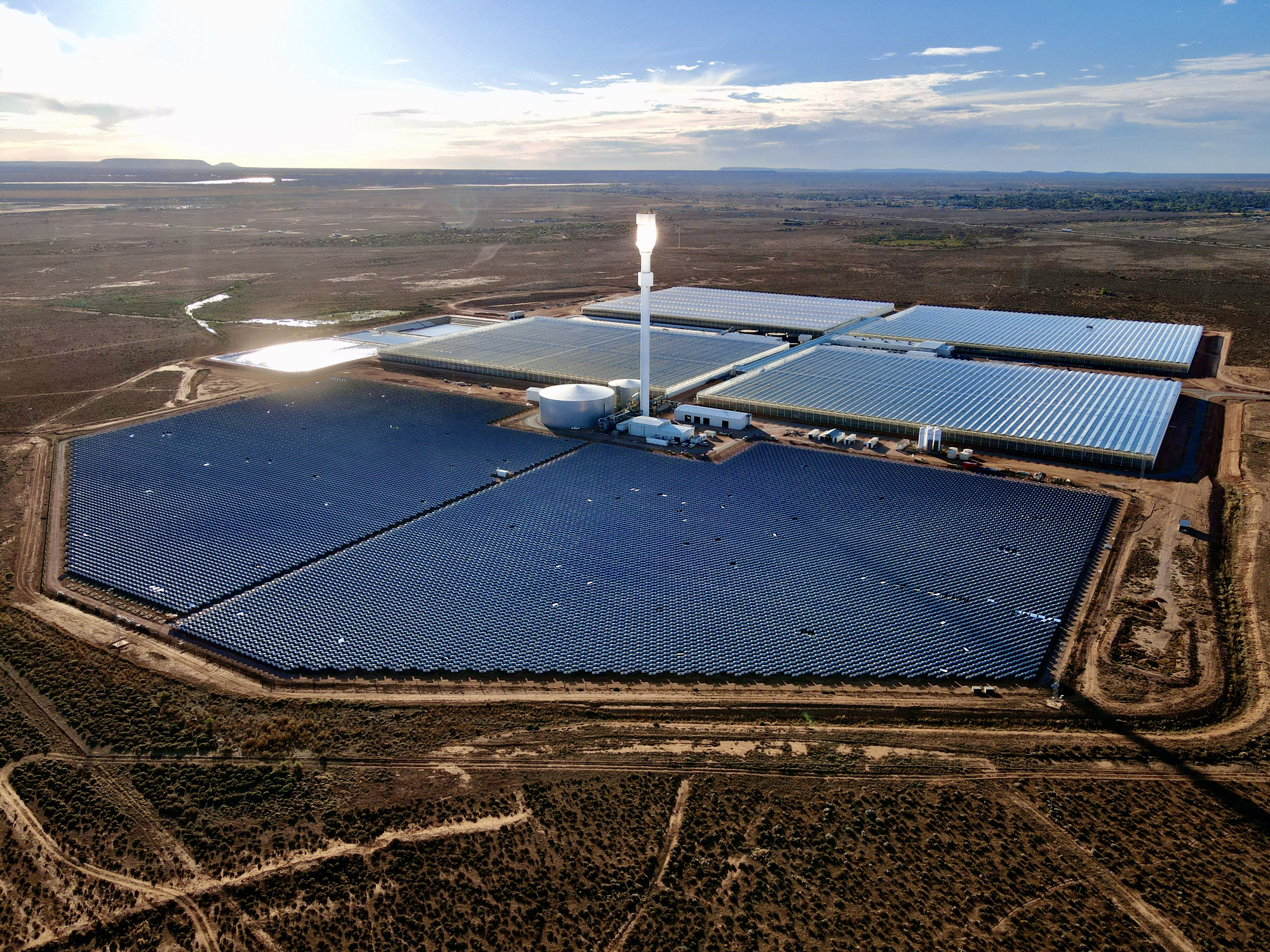
A huge solar farm located in Port Augusta, Australia.
Climate Change and Energy Minister, Chris Bowen, noted that currently, the national grid supplying the five eastern Australian states is expected to operate on 42% renewable energy this year, showcasing the government’s progress on its renewable energy plan. However, Bowen pointed out that the rate of development in renewable energy infrastructure must intensify to meet the ambitious targets set for 2030.
The shift towards renewable energy forms a significant element of the Albanese government’s policy direction, contrasting sharply with the opposition’s proposals. Opposition leader Peter Dutton has suggested prioritising nuclear power, albeit without providing detailed plans or costings. The discussion around the transition from coal to renewable energy sources has become a central issue in Australia’s political landscape, with ongoing debates regarding the best approach to ensure energy reliability and affordability.
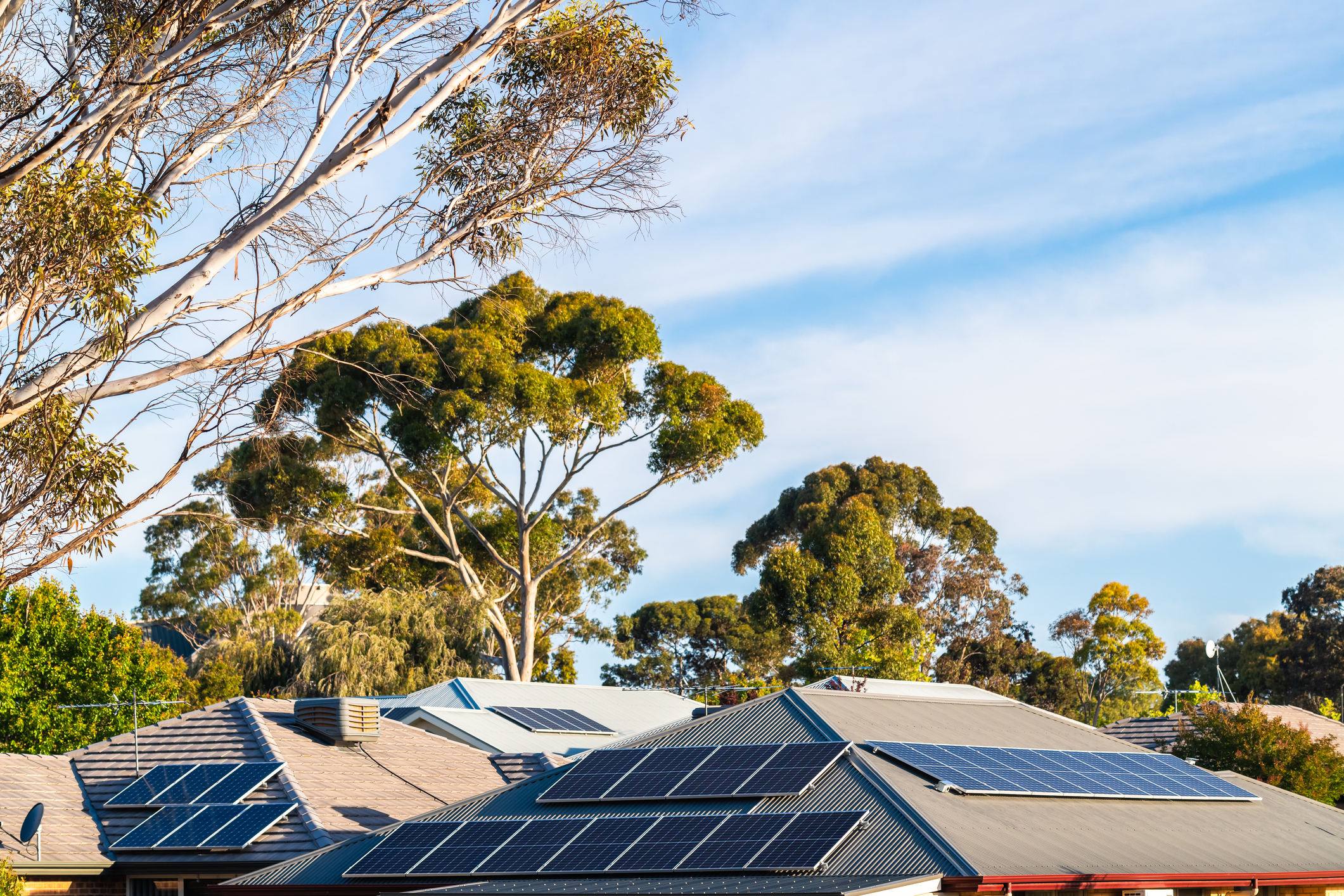
Rooftop solar systems are increasing in popularity.
The Australian Energy Market Operator has confirmed that the national grid will maintain stability during the migration from coal-based to predominantly renewable power. However, this will require investments in new generation technologies to progress smoothly and effectively.
Current and prospective figures underline Australia’s trajectory in renewable energy as the nation continues to install rooftop solar systems at a steady rate. August saw an impressive installation of 277 MW, even though this was a slight decrease from July’s 302 MW. The country remains a global leader in rooftop solar installations, with the possibility of adding an additional 26.4 GW by the decade’s end.
With around 3.6 million Australian households benefiting from rooftop solar systems, the average annual saving is estimated at approximately AU$1,500, accumulating to AU$3 billion in national savings each year. The potential for further growth in this sector is immense, with projections revealing the capacity for around 103 GW of rooftop solar PV installations, well above the current capabilities.
Australia’s progress in renewable energy is pivotal not just for its domestic energy landscape but also for its global environmental commitments. While the road to a predominantly renewable grid involves challenges, the momentum demonstrated this year suggests a robust and growing commitment towards achieving these ambitious energy goals.

